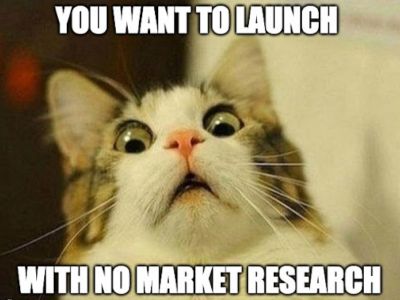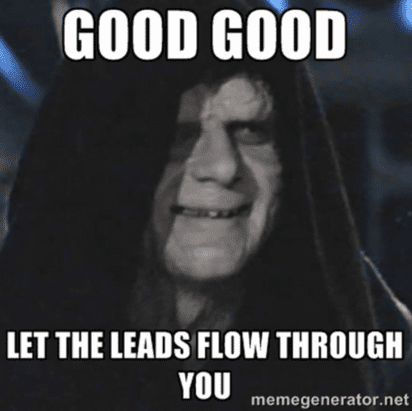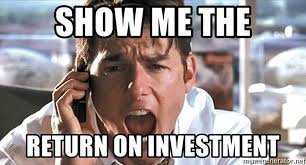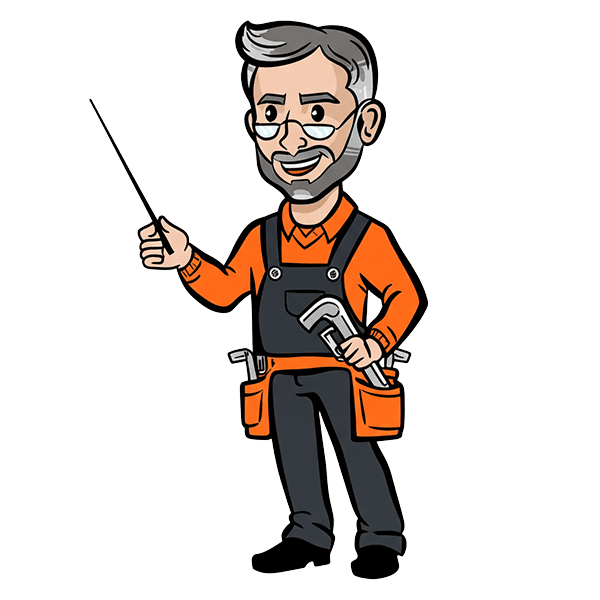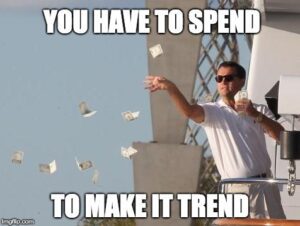Understanding Multi-Device Funnels
Multi-Device Funnels describe a customer journey that takes place across different devices—phones, tablets, desktops, or laptops. People often start browsing on one device and finish buying on another. As a result, marketers must understand and adapt to these multi-touch interactions.
Example in a Sentence:
By analyzing multi-device funnels, the team saw users start on mobile and finish purchases on desktop. They adjusted accordingly.

Why Multi-Device Funnels Matter
Understanding this funnel structure offers major advantages:
- Clearer Customer Insights
For example, a customer might find your ad on mobile, read reviews on a tablet, and purchase from a laptop. - Smarter Campaign Optimization
When you understand device habits, you can craft messages for the right time and screen. - More Accurate Attribution
Multi-device tracking shows how each platform contributes to the final conversion. - Better User Experience
Offering a smooth cross-device experience builds trust and keeps users from dropping off.
Best Practices
1. Track Users Across Devices
Use tools that follow user sessions—not just cookies. This gives you a full picture of behavior.
2. Optimize for Every Screen
Make sure your site works well on both mobile and desktop. Mobile may start the funnel, but desktop often finishes it.
3. Personalize by Device
If someone browsed a product on mobile, show them a related ad on desktop. Keep it relevant.
4. Review Multi-Device Data
Check which combinations drive results. This insight can shape your budget and ad strategy.
5. Align Your Channels
Make your email, ad, and content strategies consistent across platforms. Consistency builds brand trust.
More Definitions
(From the Sales & Marketing Jargon Encyclopedia at Sales Funnel Professor)
- Cross-Platform Funnels – Seamless user experiences across different devices and platforms, reducing friction and enhancing engagement.
- Conversion Funnel Design – The strategic structuring of the customer journey to guide prospects toward a desired action, optimizing each stage for better conversion rates.
- Cadences – Structured sequences of touchpoints (emails, calls, messages) designed to engage prospects consistently and move them through the sales funnel.
- Customer Visit Metrics – Data points that track customer interactions and behaviors across various touchpoints, providing insights for optimizing the customer journey.
- Clickstream Data – A record of a user’s online activity, capturing the sequence of clicks and interactions, useful for analyzing user behavior across devices.
Useful Posts
👉Top-of-Funnel Marketing: Tactics and Tips to Grow Your Leads
Explore essential tactics, lead generation strategies, and tools to effectively attract and nurture potential customers at the beginning of their journey.
👉Cold Emails Strategy Through Your Sales Funnel
Discover effective cold email strategies to enhance your sales funnel, engage your target audience, and nurture leads through personalized communication.
👉B2B Marketing Funnel Basics
Learn essential tips and advanced techniques for enhancing and refining your B2B marketing funnel to achieve optimal performance across various channels.






